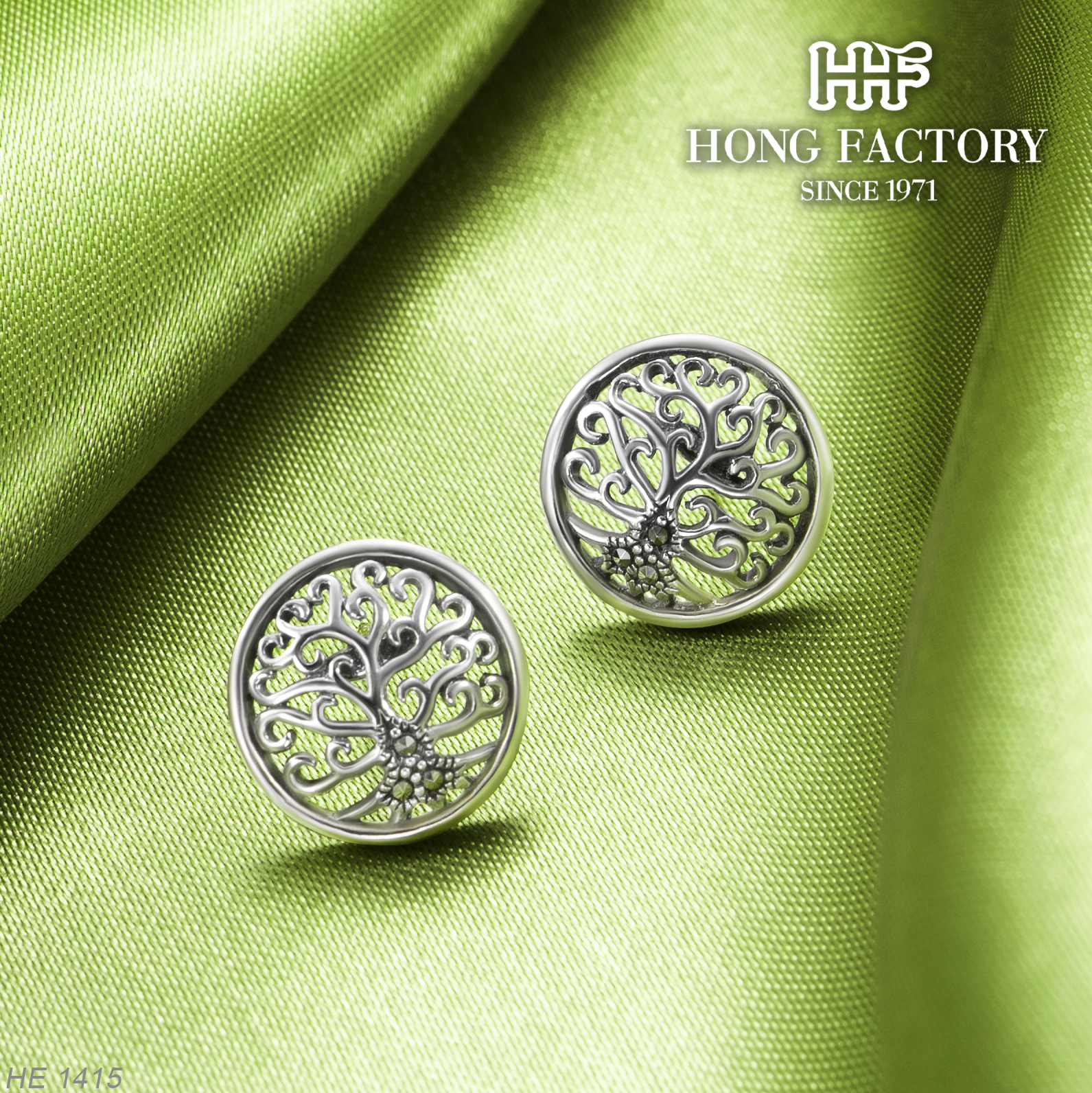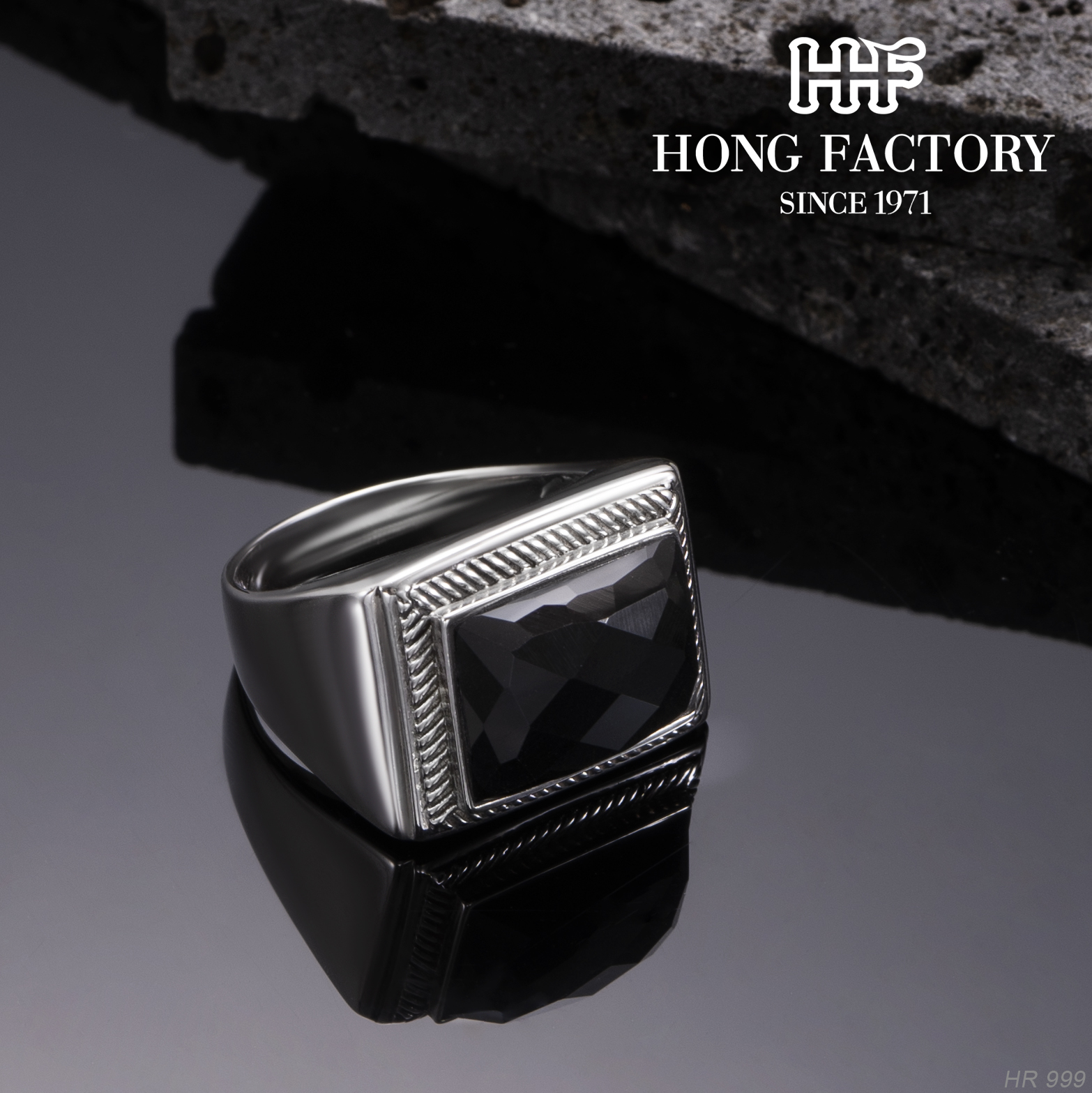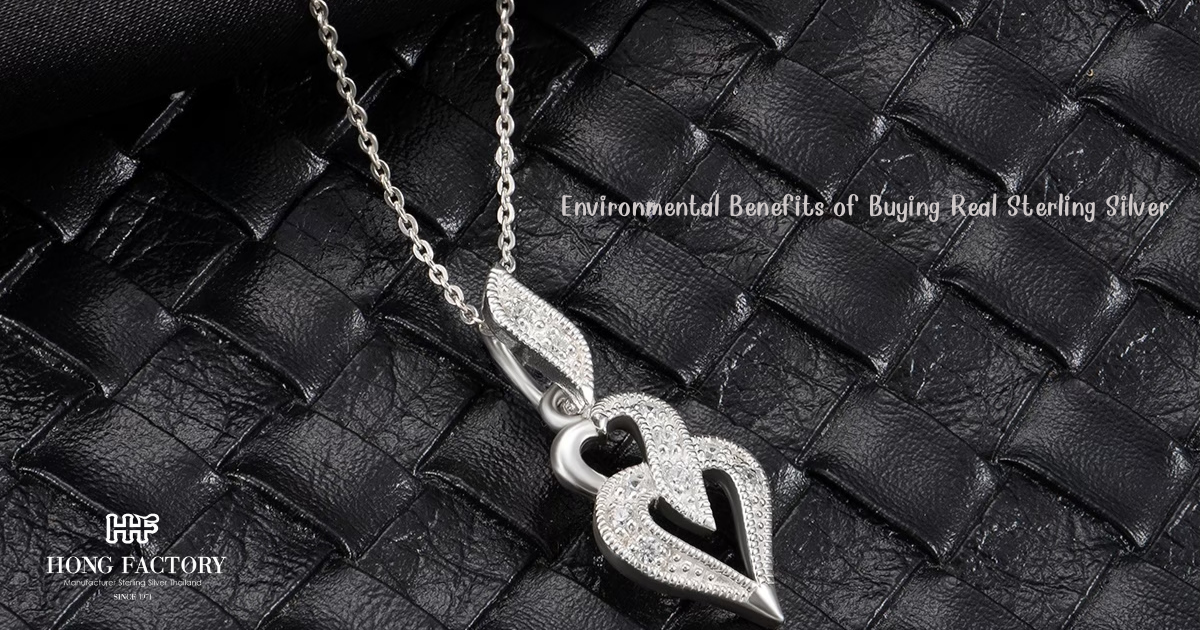As consumers become more eco-conscious, the jewelry industry has been under pressure to adopt sustainable practices. One material that naturally aligns with this trend is sterling silver. Unlike many other metals used in fast-fashion accessories, 925
sterling silver is durable, recyclable, and has a significantly lower environmental impact. For buyers looking to combine beauty with responsibility, sterling silver offers an excellent choice. But what makes this precious metal such a sustainable option, and why does it matter?

Understanding the Eco-Footprint of Jewelry
Jewelry production often involves resource-heavy processes, especially when it comes to mining and refining. Some materials are linked to unethical labor practices, environmental degradation, and high carbon emissions. By contrast, sterling silver stands out as a more responsible option. Its longevity, reusability, and global recycling systems reduce its environmental footprint while still offering elegance and affordability.
Real Sterling Silver and Sustainability
Real sterling silver
One of the key environmental benefits of real sterling silver is that it can be endlessly recycled without losing quality. Old silver jewelry, coins, or flatware can be melted down and crafted into new designs, reducing the need for new mining. This closed-loop system helps conserve natural resources and minimizes the waste associated with disposable fashion jewelry.
Longevity Reduces Waste
Sterling silver is not only beautiful but also incredibly durable. With proper care, silver pieces can last for decades, often becoming family heirlooms. Unlike cheap costume jewelry that tarnishes or breaks quickly, sterling silver reduces the cycle of constant disposal and replacement. By choosing silver, consumers contribute to less waste in landfills and a more sustainable consumption pattern.

Lower Environmental Impact of Mining
Mining precious metals can be damaging to ecosystems, but silver mining generally has a smaller impact compared to gold or platinum extraction. Additionally, the widespread recycling of silver reduces the need for extensive new mining operations. Consumers who buy sterling silver jewelry indirectly support lower demand for newly mined metals.
Supporting Ethical Craftsmanship
In countries like Thailand, Mexico, and Italy, sterling silver jewelry is often produced by skilled artisans rather than mass factories. Buying sterling silver supports traditional craftsmanship, small-scale production, and fairer labor practices. This not only preserves cultural heritage but also avoids the exploitative conditions often tied to mass-produced, low-cost accessories.
Energy Efficiency in Recycling
Recycling sterling silver consumes significantly less energy than mining and refining new silver ore. This means fewer carbon emissions and less strain on the environment. For eco-conscious buyers, purchasing recycled or ethically sourced silver jewelry is a direct way to reduce their personal carbon footprint.
A Better Alternative to Fast-Fashion Jewelry
Fast-fashion jewelry often relies on low-cost materials like nickel, brass, or plastic. These items may look attractive initially but deteriorate quickly, leading to constant replacement and waste. Sterling silver, on the other hand, retains its shine, can be polished easily, and holds intrinsic value. This makes it a smarter, eco-friendly alternative.

Circular Economy and Resale Value
Sterling silver jewelry also fits into the principles of a circular economy. Because silver holds intrinsic value, it can be resold, repurposed, or inherited instead of being discarded. Antique silver pieces, in particular, carry both financial and sentimental worth, ensuring that they remain in circulation rather than ending up as waste.
The environmental benefits of choosing sterling silver go far beyond aesthetics. It is recyclable, long-lasting, energy-efficient, and supports ethical craftsmanship. By selecting real sterling silver, consumers are not only investing in timeless beauty but also contributing to a more sustainable future.
As the world shifts toward eco-conscious living, sterling silver proves that luxury and responsibility can coexist. Whether purchased as a gift, an heirloom, or a personal accessory, sterling silver offers a meaningful way to enjoy jewelry while respecting the planet.
